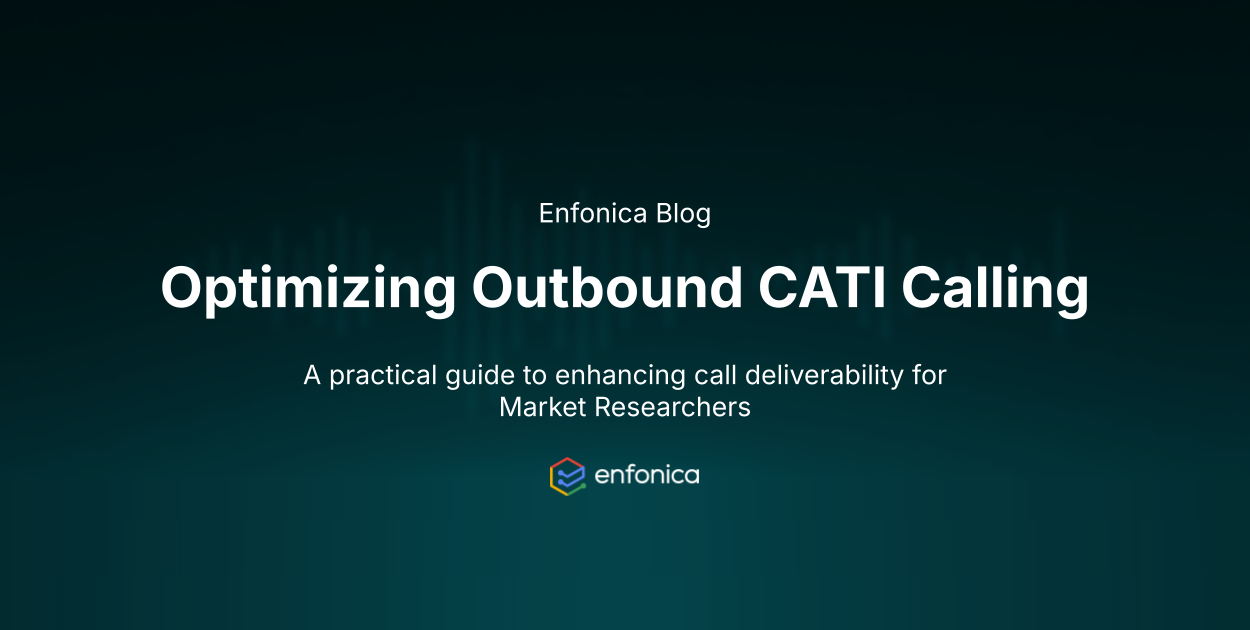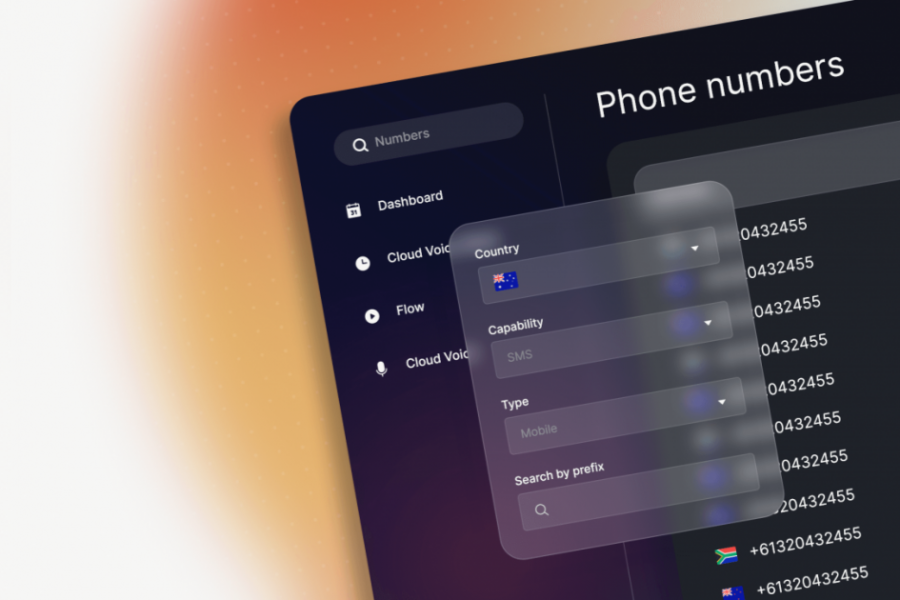Market research organizations that conduct large volumes of telephone surveys using Computer-Assisted Telephone Interviewing (CATI) platforms face a growing challenge: making sure their outbound calls reach respondents. As mobile networks in Australia tighten security to combat scam calls, legitimate survey calls are at risk of being blocked, by networks or smartphones, or both.
In this post, we’ll explore why this happens, how it impacts outbound CATI operations, and most importantly, what you can do to improve your outgoing call deliverability.
Why your outbound calls are being blocked
Whether you’re calling from a centralised call center or a distributed team of interviewers, understanding why calls get flagged is critical. Here are the most common factors that trigger carrier-level spam or scam detection systems:
- Short duration calls: Very brief calls (under 20 seconds) are often interpreted as suspicious. They’re characteristic of auto-dialers or scams that hang up quickly.
Tip: Leave a voicemail if the call isn’t answered. This increases your average call duration and signals legitimacy.
- High volume from a single caller ID: Pushing thousands of calls per day from a single caller ID (CLI or CLID) can trigger anti-fraud algorithms.
Tip: Limit outbound attempts to 1,000 calls per number per day. This threshold is widely recommended, but remember, networks may apply their own limits.
- Invalid or uncallable caller IDs
If your number can’t be called back (eg. if it’s a disconnected or masked number), it’s more likely to be blocked.
Tip: Always use a valid, callable CLI that allows respondents to return your call, even if it connects to your own or a hosted voicemail system.
Network-level protections that impact campaigns
🚫 Carrier Blocking and Scam Filters
Australian carriers like Telstra have deployed services like Scam Protect, which apply advanced heuristics and machine learning to identify suspicious traffic. This means even legitimate CATI campaigns can be blacklisted if they resemble known scam patterns. Do you know if your CLIs are being flagged?
🛑 Anti-Flood Protection
Some carriers implement traffic shaping or outright blocking when they detect high call concurrency or spikes in call rates. The solution? Distribute your calls across more CLIs.
The infrastructure supporting your calls
Your SIP trunk is more than just a connection… it’s your lifeline to the public telephone network. If it’s under-provisioned or there isn’t enough capacity, your campaigns can experience dropped calls or degraded quality. Some providers limit SIP trunk capacity by channels (number of outgoing simultaneous calls) or CPS (calls per second). If you’re unaware of these limits, you might be bottlenecking your campaign.
📣 Enfonica’s SIP trunks are uncapped by default. No channel limits, no hidden costs. That means greater reliability with fewer disruptions.
The hidden cost of being blacklisted
In Australia, over 25% of phones automatically block unknown or suspected scam calls. If you’ve been flagged:
- Your calls might never connect.
- Your caller ID could display a “Spam” or “Fraud” warning.
Once blacklisted, getting delisted is difficult, and it’s likely to happen again. That’s why proactive CLI management and responsible calling behavior are essential for long-term success.
Key takeaways for market researchers
To maintain high response rates and preserve the integrity of your studies, consider these best practices:
✅ Keep call durations above 20 seconds. Leave voicemails!
✅ Limit call attempts to 1,000 per number per day.
✅ Always use return-callable, valid CLIs.
✅ Monitor SIP trunk capacity and ensure no hidden channel/CPS caps.
✅ Diversify your caller IDs and stagger your calls to avoid traffic spikes.
Enfonica can help
Need help reviewing your call strategy or upgrading your SIP infrastructure? Contact us to find out how Enfonica’s can support your market research operations.









